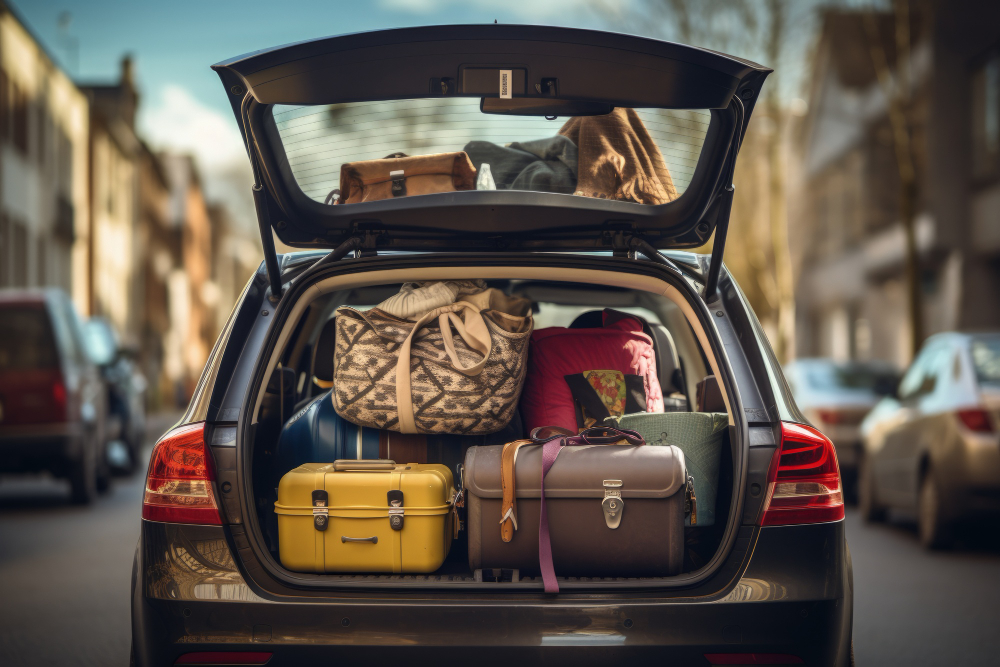Travel Smart: Finding Budget-Friendly Destinations
Check out the best tips to save money when traveling in the U.S. Believe it—you can enjoy yourself without spending a fortune.
How to Save on the Trip of Your Dreams
Is it still possible to travel cheaply in America? Even though prices have risen, you can still enjoy what the country has to offer without breaking the budget.

The secret lies in planning, strategic research, and conscious choices, and this post can give you some helpful tips.
Why Seek Budget-Friendly Destinations?
In recent years, the cost of living and travel prices in the U.S. have increased significantly, reflecting factors such as inflation, currency fluctuations, and growing tourist demand.
According to the U.S. Travel Association, in 2023, the average spending of domestic travelers increased by nearly 7% compared to the previous year.
Traveling smart doesn’t mean giving up comfort or fun; it means learning to prioritize what really matters.
Research Before Traveling
The most important step for any budget-friendly trip is research—and nowadays, it’s easier than ever.
Apps, price comparison websites, and travel forums help identify cheaper flights, affordable accommodations, and seasonal deals.
Another strategy is to monitor airline and hotel loyalty programs. Even those who don’t travel frequently can benefit from points earned on credit cards, turning everyday spending into real discounts on flights or lodging.
Accommodation: Smart and Affordable Options
Lodging is often a significant part of a travel budget, but there are several alternatives today:
- Hostels and inns: Not just for backpackers, many hostels offer private rooms with good infrastructure. Cities like Portland, Austin, and Seattle have modern, highly rated hostels with prices often less than half of a traditional hotel.
- Airbnb and vacation rentals: Renting a house or apartment can be cheaper than a hotel, especially for families or larger groups. Plus, it allows you to cook at home, saving money on meals.
- Couchsurfing: For more adventurous travelers, staying with locals is a way to save and experience the city from an authentic perspective.
Food: Eating Well Without Overspending
Eating at expensive tourist restaurants quickly increases costs. The key is to explore local markets, food trucks, and cafes frequented by residents.
Cities like Austin, New Orleans, and Portland are known for high-quality, affordable food options. A full meal can cost between $10 and $20, allowing travelers to taste local cuisine without stretching their budget.
Transportation: Saving Without Losing Mobility
Getting from one city to another can be expensive, but companies like Greyhound and Megabus offer interstate buses that can be up to 70% cheaper than flights.
Regional trains like Amtrak connect various areas of the country, and seasonal promotions can make the trip both economical and comfortable.
To explore less urban areas, renting a car with friends can significantly reduce the cost per person.
Within cities, public transport and bike rentals are excellent ways to get around cheaply and sustainably.
Cultural Activities and Free Attractions
America offers plenty of free or low-cost activities, such as museums on certain days, national parks, hiking trails, and local festivals.
Destinations like Washington D.C., with its Smithsonian museums, and San Francisco, with panoramic trails and urban parks, allow travelers to explore culture, history, and nature without spending a fortune.
Additionally, walking tours and free travel apps provide detailed information about historic neighborhoods, architecture, and street art, making the experience both rich and affordable.
Planning and Flexibility: Keys to Saving
Traveling on a budget requires flexibility and planning. Booking flights and accommodations in advance usually lowers costs, but it’s also worth keeping an eye out for last-minute deals, especially on travel apps.
Another tip is to consider alternative airports. Flying to secondary airports near major cities can save a significant amount on both tickets and car rentals.
Flexibility also applies to the itinerary: prioritizing free or low-cost attractions and planning outdoor activity days allows you to save while making the most of your destination.
Opportunities in Lesser-Known Destinations
Many travelers always go for the classic spots, but lesser-known destinations offer authentic and budget-friendly experiences.
- Asheville, North Carolina: known for its arts scene and proximity to the Blue Ridge Mountains.
- Savannah, Georgia: historic charm, tree-lined streets, and affordable cultural attractions.
- Santa Fe, New Mexico: rich native culture and unique architecture, with reasonably priced lodging and food.




